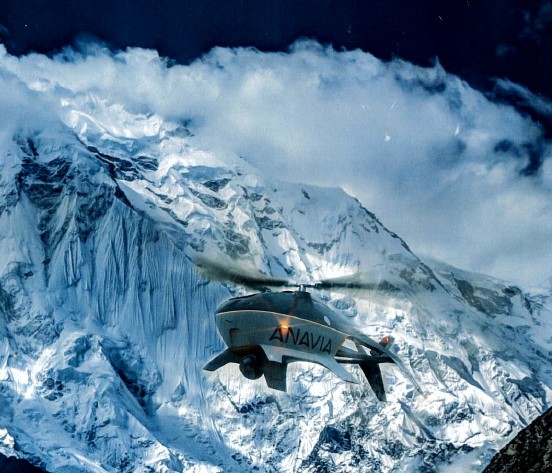
Logistics Drones For The Indian Army

“Mountains are the acid test of logistics- the ability of Armies to provide sustenance and maintain warfighting potential is nowhere more tenuous”
– By the Author
The MoD, on December 16, 2022, issued a Request for Information (RFI) (broadly, a document aimed at identifying potential vendors) for procurement of 570 scalable and upgradable Logistic Drones (LD) for the Indian Army (IA). The RFI envisages two versions of these drones- LD (Standard)(S) for deployment upto 12000 feet and LD (High Altitude) (HA) for deployment above 12000 feet. The RFI states the requirement for Indian vendors to adhere to the Buy (Indian-IDDM [Indigenously Designed, Developed and Manufactured]), Buy (Indian) or Buy & Make (Indian) categories of the Defence Acquisition Procedure (DAP)-2020. This would ensure that the products have an indigenous content (IC) of at least 50% on cost basis of the base contract price/make portion of the product, if not more- in keeping with the drive towards Atmanirbharta in defence production/acquisition.
The above RFI was preceded by a Request for Proposal (RFP- a document that describes the product in detail and solicits bids from qualified vendors for the same) for 163 LD (HA) (capable of launch from an altitude not less than 4000 m Above Mean Sea Level-AMSL) and 200 LD (Medium Altitude-MA, capable of launch from an altitude not less than 3000 m AMSL) drones in the Buy (Indian) category under Emergency Procurement through Fast Track Procedure (FTP)- which is resorted to for procurement related to an imminent operational requirement in response to an operational criticality, where adherence to the timelines of the normal acquisition procedure would adversely affect operational preparedness. The FTP envisages delivery of equipment within one year of signing the contract. The RFP elucidates similar operational parameters to the above RFI, which are enumerated subsequently.
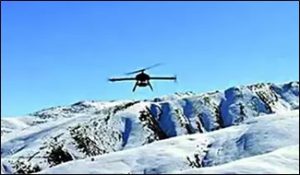
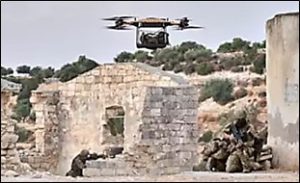
Source – timesofindia.indiatimes.com
How Would LD Be Defined in the Indian Context?
A Logistic Drone (LD) is an unmanned aerial vehicle (UAV) used for ‘last mile’ transportation of items required for logistics sustenance of recipient personnel. Payloads would include rations, medical supplies, documents, equipment spares, military equipment and ammunition (delivery of crew-served weapons/ move forward of specialist personnel/casualty evacuation would be future envisaged capabilities for larger, heavy-duty UAVs). Such LD could be autonomous/manual or a combination of both these flight modes. These drones would invariably have ‘return home’ capability – a ‘failsafe’ mechanism that allows the LD to return to a pre-fed ‘home’ location when there is an undesirable change in flight parameters (loss of data connectivity with ground station/low battery power/detected malfunction of sub-assemblies etc.) or when directed to do so by the remote controller. LD are normally operated as part of a logistics UAV fleet, to ensure uninterrupted logistics sustenance to deployed forces. These LD could be of various types- Single/Multi-Rotor/Fixed-Wing/Fixed-Wing Hybrid Vertical Take-Off and Landing (VTOL). Multi-rotor and hybrid VTOL drones have obvious advantages of stability, greater payload capability and lesser requirement of real-estate for landing/ delivery of cargo. Hybrid VTOL drones offer the additional advantages of greater speed (therefore less turnaround time and larger number of sorties in a 24 hour cycle) and relatively lesser noise during fixed-wing flight. Since logistics sustenance must be capable of day/night operation, LD must be night capable (must be capable of mounting night vision sensors (IR/ thermal imagers/ low-light TV) for terminal guidance at drop/landing zones and on return to take-off locations. Redundancy in geo-positioning by way of compatibility with various geo-location services (eg:- GPS/ GLONASS/ NAVIC systems) would be a requirement. Since LD would operate close to own forward line of defences, electric propulsion would find favour over fuel engines, due to the former’s lower noise factor. However, this would have to be weighed against the power requirements, where fuel-engines would have an edge. Of course, payload delivery capabilities would have to be commensurate with actual areas of operation- with regard to operating altitude and take-off /landing capability (as prevalent along the International Border and Line of Control/Line of Actual Control with Pakistan/China respectively. Cruise altitudes above ground level must cater to minimise interference from at least small arms of the adversary.
The impetus on procurement of LD for various terrain configurations prevalent along India’s borders and the envisaged operational range of about 10 Kms clearly indicate the recognition and imperativeness accorded to providing own forward deployed troops with responsive, resilient and agile logistics support, to ensure ‘last mile’ sustenance for deployed echelons. This would, importantly, obviate diversion of troops for rearward logistics sustenance duties, thus increasing operational effectiveness and reducing the need for forward movement of contracted labour, thereby saving revenue over time. The requirement for vendors to certify that the product is sanitised against any malicious code/ software that would be inimical to own operational interests, indicates the MoD’s sensitivity towards protection of such equipment from sinister, oft prevalent, adversary-sponsored attempts at degradation.
Operational Requirements
The broad operational parameters of these LD as encapsulated in the RFI are described below:-

LD-Market Profile
While a number of vendors including several Indian startups are involved in development of LD, some Defence PSUs/Indian vendors/ firms from friendly foreign countries in the logistics drone market are briefly profiled below.
- RUAV-200. Hindustan Aeronautics Limited (HAL) and IIT Kanpur have jointly developed the Rotary UAV (RUAV)-200. RUAV-200 is a coaxial, rotary-wing, fuel-engine UAV, and is designed as an LD (HA). The LD will have a max take-off weight of 200 Kgs, an endurance of 3 hours and an operating temperature range between -35 to 55 ºC. It will have a payload capacity of 40 Kgs and a max range of 400 Kms. The service ceiling of 6000 m will enable the RUAV to operate in high-altitude terrain. The RUAV mounts an electro-optical day/night camera, thus allowing it to be adapted for day/night surveillance mission, including maritime surveillance. The relatively large size of the RUAV also makes its conversion into an armed variant a feasibility. The fully autonomous RUAV would have network-centric capabilities, thus making it ‘future ready’. HAL is presently in the process of assembling the RUAV, which should take to the skies this year.
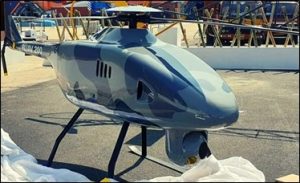
HAL’s RUAV-200:Source-theigmp.org
- DRDO Cargo Drone. DRDO Young Scientists Laboratory (DYSL), a subsidiary of DRDO, has been tasked to develop a high-altitude, VTOL cargo drone for IA. The eight-propeller LD will have the ability to be launched from altitudes of up to 15,000 feet, with a payload capacity of 50 Kg (at MSL)/ 20 Kgs at extreme high-altitude and with a range of 10 Kms. A carbon-composite airframe will allow a significantly high payload-to-weight ratio, with max all-up weight being a mere 80 Kg. The LD will also feature Artificial Intelligence-based navigation/launch/landing, geo-fencing for operation within a defined geographical area, GPS and fully autonomous/semi-autonomous/ return home flight modes. The DYSL has since issued an RFP, seeking development partners.
- AKSHAT-HNX75. Akshat-HNX75 is an indigenous, hybrid VTOL, heavy-duty UAV designed and developed by VTOL Aviation India Pvt Ltd in collaboration with Indian Institute of Technology, Kanpur. The hybrid UAV is capable of use as an LD and can be adapted for combat support and pinpoint logistics delivery in high altitude/difficult terrain up to an altitude of 20,000 feet, with a max take-off weight of 75 Kg. It mounts a hybrid electric-fuel powerplant and is equipped with an integrated ‘SKYCRANE’ Delivery System with digitally controlled winch mechanism. The firm also manufactures mini/lightweight VTOL UAVs, as well as Hybrid UAVs in the 150/300/800 Kg classes.
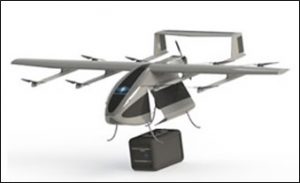
Akshat-HNX75: Source – vtolaviations.com
- Zen Logistics Drones. Zen Technologies Ltd, a Hyderabad based vendor, has developed three versions of LD- Zen Six Flat (payload 10-30 Kg), Zen Heavy Lift (HL) (payload 20-50 Kg) and Zen Heavy Lift and Long Endurance VTOL Hybrid. The Zen HL LD features a load tray or load bay which can accommodate a typical military jerrican, ammunition boxes, sustenance payloads and even crew-served weapons. The drones are also capable of carrying underslung loads. These drones are flexible with respect to various endpoint delivery modes, which can include landing to offload; hover and deliver; low/high-hover and drop; and para-drop, allowing the user to select the apt option based on terrain configuration/ tactical situation. The drones can operate at altitudes of 4500m and ascend upto an altitude of 1000 m AGL with full load in winds up to 40 Kmph. The drones are capable of manual/ fully autonomous missions and multiple missions in the same sortie. The HL LD has a max all-up weight of 70 Kg with 20 Kg useful load, with an endurance of 30 minutes in day/night and inclement weather conditions (based on operating altitude), in an operating temperature band of -25 to 55º C. The drones are compatible with GPS, GLONASS and Galileo Navigation Systems and are also capable of inertial navigation, once configured. The drones have a 10 + 10 Km (10 Km with + 10 Km Without Load) turnaround.

Zen HL LD: Source – zentechnologies.com
- MR-20 Hexacopter/ Ambulance Drone. Indigenous firm Raphe Mphibr Pvt. Ltd, headquartered in NOIDA (U.P.) has developed the MR-20. The IA placed a contract under Emergency Procurement for 48 MR-20 hexacopter LD in September 2021, with load capacity up to 20 Kgs for logistics sustenance in high-altitude areas. The company also showcased its Ambulance Drone during Drone Mahotsav 2022, at Pragati Maidan, New Delhi. The Ambulance Drone has a payload capacity of 120 Kg (adequate for evacuation of one casualty) and is equipped with an oxygen cylinder as well as SPO2 and oxygen monitors, to monitor a patient’s vitals in flight.
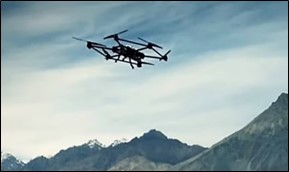
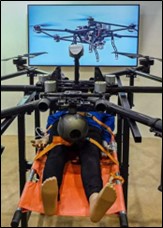
MR-20 Hexacopter/ Ambulance Drone: Source – YouTube/economictimes.indiatimes.com
- Vertiplane-X3. Sometime in April 2022, TechEagle, a private start-up firm involved in drone-based logistics, launched the ‘Vertiplane-X3’, claimed to be the fastest indigenous hybrid VTOL UAV. The firm claims that the Vertiplane-X3 can deliver a 3 Kg payload over a distance of 100 Km, at speeds of upto 120 Kmph, in high-altitude terrain up to 4500 m altitude and across extreme temperatures. While the payload carrying capability and ruggedness will need enhancement, the UAV is capable of landing on/taking off from an extremely small piece of real estate (~5m2), which makes it suitable for operation in extreme high-altitude/ restricted terrain, other parameters permitting.

Screengrab of Vertiplane X3 H-UAV: Source – techeagle.in
- ThunderB VTOL UAV. Israeli Aerospace Industries (IAI) and Israeli firm BlueBird Aero Systems have showcased the upgraded ThunderB Hybrid VTOL UAV. The UAV, which has a max take-off weight of 40 Kg, is also capable of carrying an 8 Kg logistics payload and can therefore undertake persistent land/maritime combat support missions. It has an endurance of 12 hours and a communication range of 150 Km with digital link and tracking antenna.
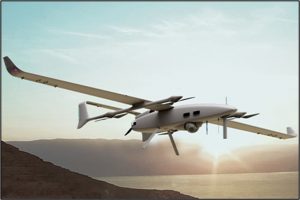
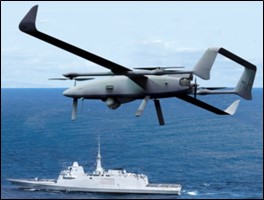
ThunderB: Source – iai.co.il
- EDGE QX-6 Cargo Drone. The QX-6 was showcased at the Dubai Airshow, held in November 2021 (read more @ https://chanakyaforum.com/the-dubai-air-show-2021-opportunities-for-the-indian-armed-forces/). The QX-6 is a rotary-wing VTOL UAV manufactured by UAE-based EDGE Company. It is a heavy-duty LD and has an empty weight of 500 Kg with a useful payload capacity of 150 Kg, for both cargo-bay and underslung loads. This large payload capacity makes the drone ideally suited for rear-end logistics and potential equipment reinforcement/casualty-evacuation uses. It is capable of manned and autonomous operation. It has four fuel-powered piston engines which drive multiple, three-blade rotors. The LD has an endurance of four hours.
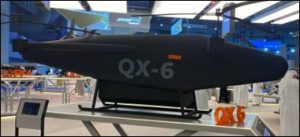
QX-6 at Dubai Airshow : Source-defensenews.com
Conclusion
Forward deployment of IA troops invariably implies protracted dispositions in hostile, high-altitude terrain, where remoteness and uncongenial climate present existential challenges. Against this backdrop, continued operational efficiency of operationally deployed forces has to be ensured by failproof, persistent, round-the-clock logistics support. LD provides a low-risk and economic means to meet the requirements of such responsive logistics sustenance.
Disclaimer
The opinions expressed in this article are the author’s own and do not reflect the views of Chanakya Forum. All information provided in this article including timeliness, completeness, accuracy, suitability or validity of information referenced therein, is the sole responsibility of the author. www.chanakyaforum.com does not assume any responsibility for the same.
Chanakya Forum is now on . Click here to join our channel (@ChanakyaForum) and stay updated with the latest headlines and articles.
Important
We work round the clock to bring you the finest articles and updates from around the world. There is a team that works tirelessly to ensure that you have a seamless reading experience. But all this costs money. Please support us so that we keep doing what we do best. Happy Reading
Support Us





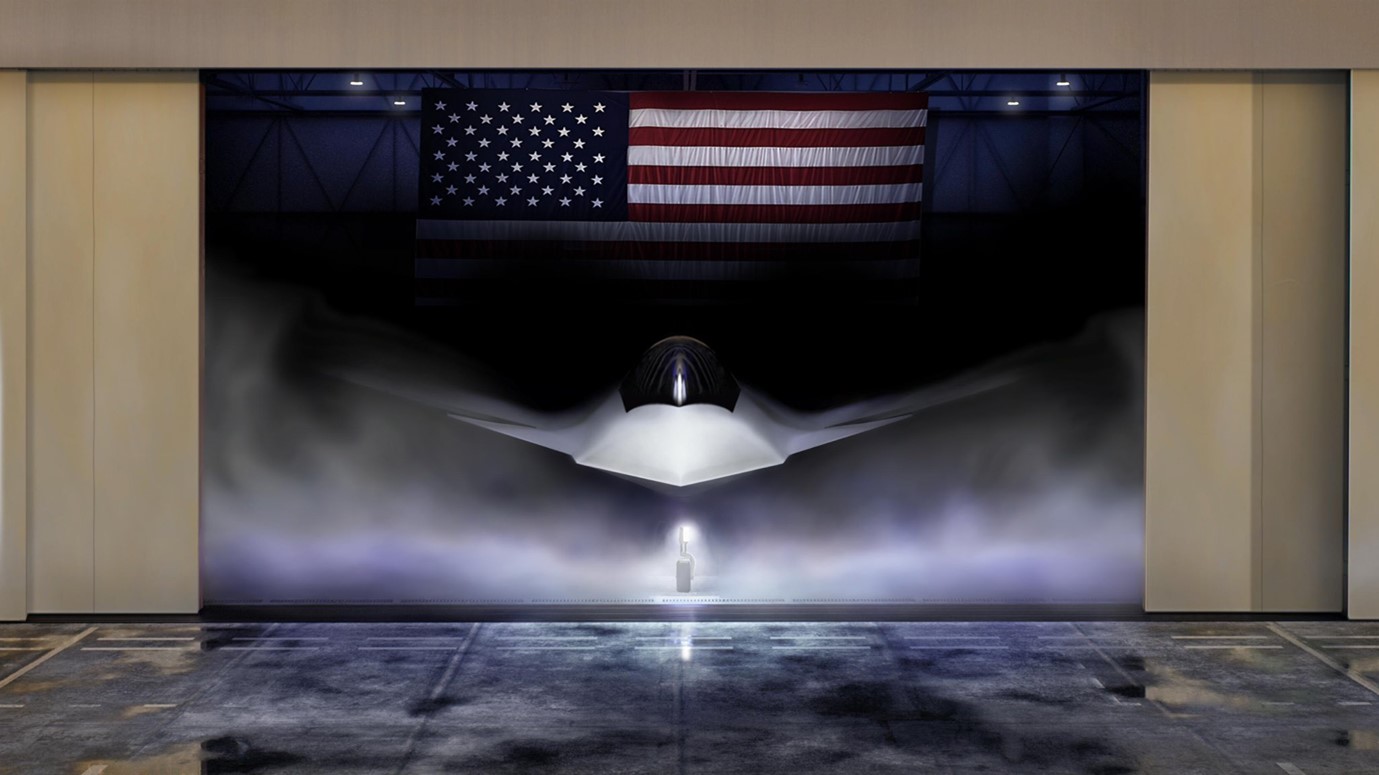
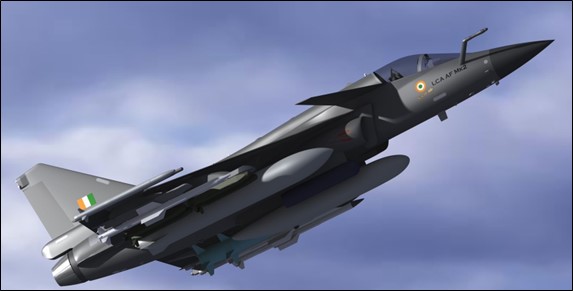
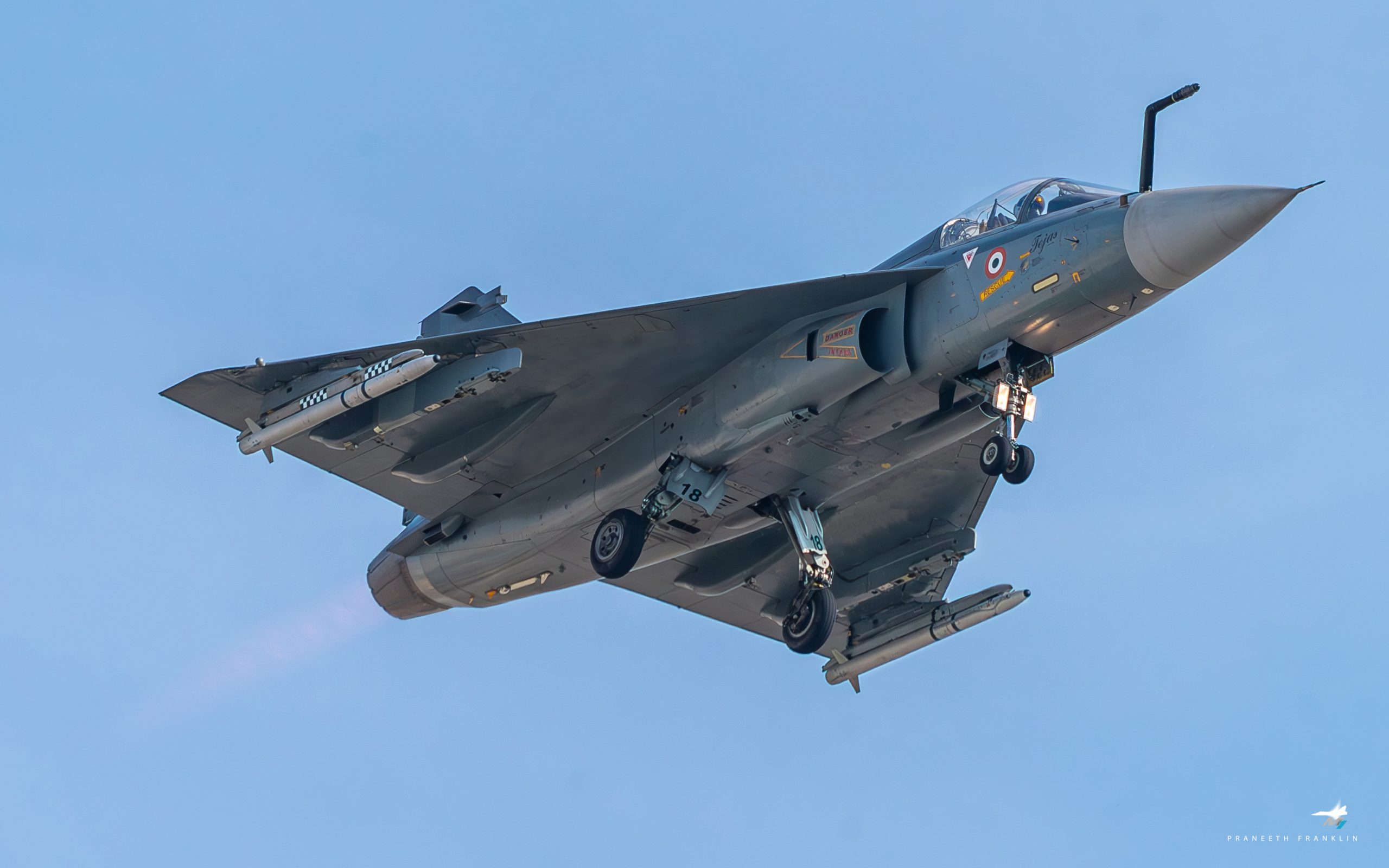
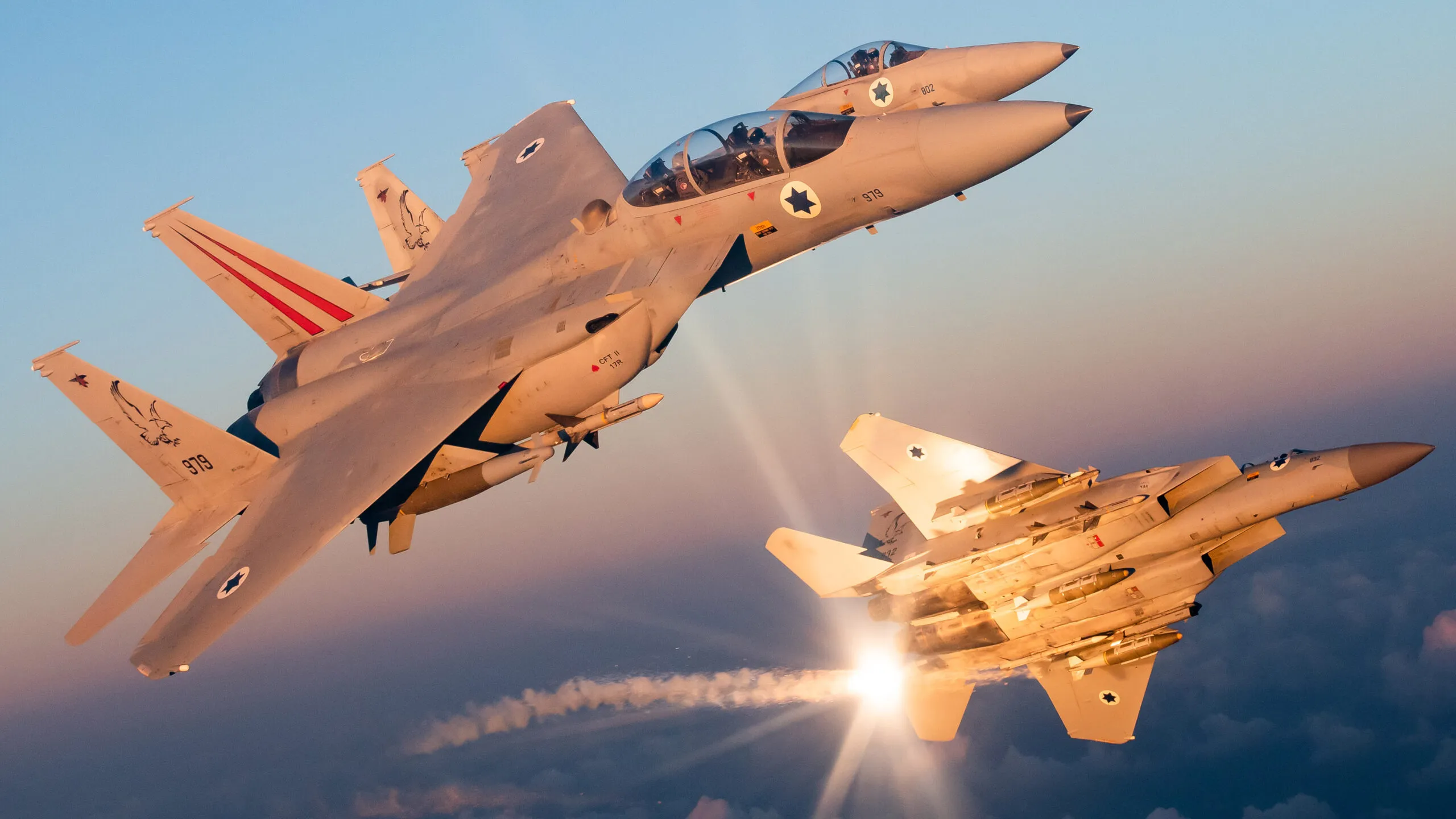



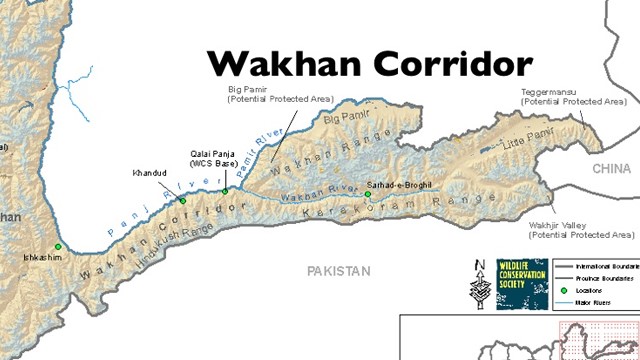
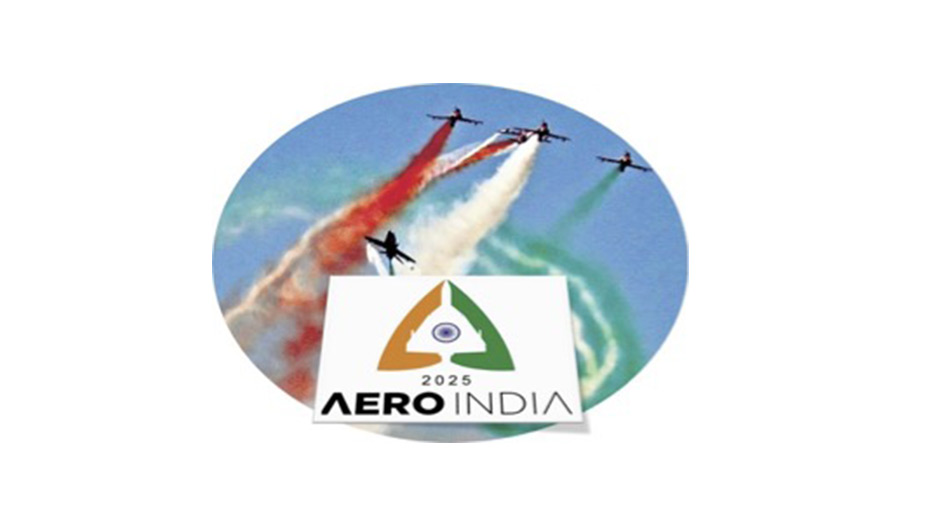

POST COMMENTS (0)